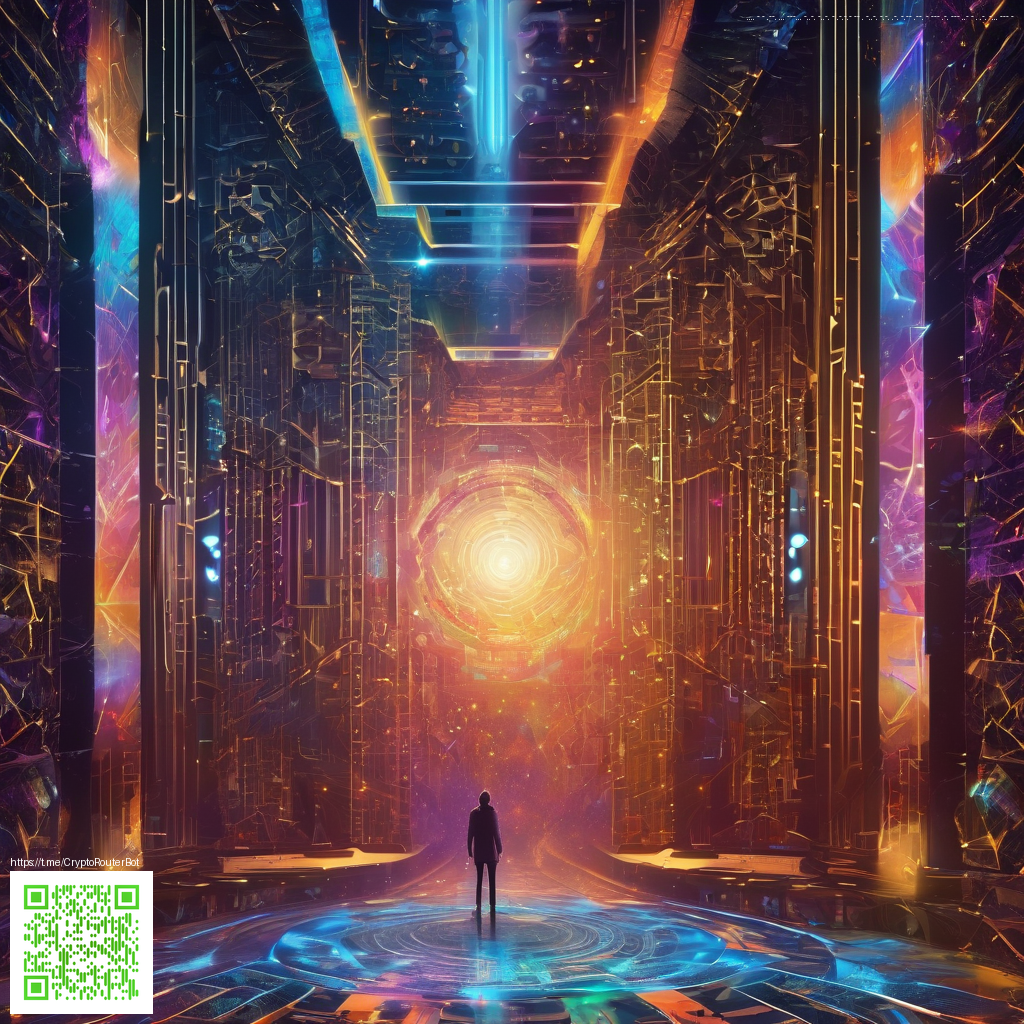
Data source: ESA Gaia DR3
Gaia DR3 4121894549435902848: a reddened beacon in Sagittarius
In the crowded lane of the Milky Way’s dusty plane, a blazing blue-white star—named here as Gaia DR3 4121894549435902848—holds a quiet key to how far and how thick the dust lies between us and distant galactic regions. This hot, luminous source stands out not just for its temperature, but for the way interstellar material paints its light with a redder hue. It is a vivid reminder that the sky we see is a balance between intrinsic starlight and the fog of dust that lies in the Galaxy’s Silk Road of stars, especially toward the direction of Sagittarius.
Observational fingerprints: a hot star with a reddened complexion
Measured to be around 33,534 kelvin, Gaia DR3 4121894549435902848 belongs to the family of the hottest big stars. Such temperatures push their peak emission well into the ultraviolet, giving them a characteristic blue-white glow when the dust obstacle is removed. The Gaia data also reveal a somewhat compact footprint: a radius near 7.16 times that of the Sun, pointing toward a luminous evolutionary stage—likely a blue giant or bright subgiant rather than a small dwarf. The star’s brightness in Gaia’s G band sits at about 14.31 magnitudes, with a BP magnitude of 15.98 and an RP magnitude of 13.08. The large gap between BP and RP (BP−RP roughly 2.9 magnitudes) tells a story: the light we receive is reddened by dust, altering the star’s apparent color from its intrinsic blue-white complexion.
Distance, brightness, and what extinction does to visibility
The distance estimate for Gaia DR3 4121894549435902848 is around 2,971 parsecs, translating to roughly 9,700 light-years from Earth. In practical terms, that places the star somewhere in the far reaches of the Milky Way’s disc, well beyond the solar neighborhood. Its Gaia G magnitude of 14.3 means it is far too faint to be seen with the naked eye under typical conditions, but it remains accessible to small telescopes for dedicated observers and to space-based surveys like Gaia that map the Galaxy in exquisite detail.
Where in the sky does this star sit?
Traveling across the celestial sphere, Gaia DR3 4121894549435902848 sits near the constellation Sagittarius, a region dense with stars, gas, and dust that trace the Milky Way’s central region. Its coordinates place it in a zone where dust clouds are abundant, helping researchers calibrate how extinction grows with distance along this line of sight. With a modest ecliptic latitude and a location that is intimately linked to the heart of the Milky Way, this star becomes a practical probe of how the Galaxy’s inner dust architecture shapes our view of distant stellar populations.
Why this star matters for extinction mapping
Extinction mapping seeks to reconstruct how dust dims and reddens starlight as a function of distance and direction. The hot glow of Gaia DR3 4121894549435902848, combined with its well-constrained distance and its reddened color, provides a valuable data point. By comparing the star’s intrinsic color (driven by its temperature) with what we actually observe (reddened, with a BP−RP color around 2.9), astronomers can estimate the amount of dust along the path to the star. In Sagittarius—where dust lanes and complex structures thread through the galactic plane—such measurements tighten 3D dust maps and improve our understanding of where extinction is greatest. The star’s data effectively anchor a segment of the dust curve, helping to illuminate the distribution of interstellar matter across thousands of light-years.
Across the Milky Way, a hot star at RA 17h32m with a small ecliptic latitude of roughly 4.6° anchors Sagittarius in both celestial mechanics and myth, bearing Turquoise in its birthstone lore and Tin in its metal omen.
A closer, data-driven snapshot
- Gaia DR3 ID: 4121894549435902848
- Coordinates (J2000): RA 263.0775210939689°, Dec −18.61602133544337°
- Distance (photometric, Gaia DR3): ~2,971 pc (~9,700 light-years)
- Effective temperature: ~33,534 K
- Radius: ~7.16 R☉
- Gaia photometry (G, BP, RP): G ~ 14.31; BP ~ 15.98; RP ~ 13.08
- Color indicator: BP−RP ≈ 2.9 (reddened appearance due to interstellar dust)
- Region: Milky Way, near the Sagittarius constellation
What this data invites you to feel
Staring into the numbers, you can sense both scale and distance: a star blazing at tens of thousands of kelvin, thousands of parsecs away, yet its light bears the signature of dust that hides and reveals in equal measure. The combination of extreme temperature and significant reddening serves as a vivid reminder that the night sky is not simply a tapestry of bright points, but a layered, dynamic atmosphere where dust and gas sculpt what we glimpse from Earth. This is a practical case study in how a single Gaia DR3 source can contribute to a broader map of the Galaxy’s dusty veil—one data point among billions, yet with a unique clarity about the journey of starlight through the Milky Way.
For science enthusiasts and astronomy readers alike, Gaia DR3 4121894549435902848 is more than a catalog entry. It is a beacon that ties together stellar physics, Galactic structure, and the quiet drama of extinction—the dimming and reddening that makes the cosmos both challenging and endlessly fascinating to study.
Curiosity can begin with a single star, but the tools we build to map extinction—built from temperature, color, distance, and a careful reading of the starlight—turn a faint point of light into a map of our Galaxy’s hidden dust lanes. If you’re inspired to look up, consider exploring the Sagittarius region with a stargazing app or a modest telescope, and imagine the depth of the Milky Way lying just beyond the dust.
This star, though unnamed in human records, is one among billions charted by ESA’s Gaia mission. Each article in this collection brings visibility to the silent majority of our galaxy — stars known only by their light.